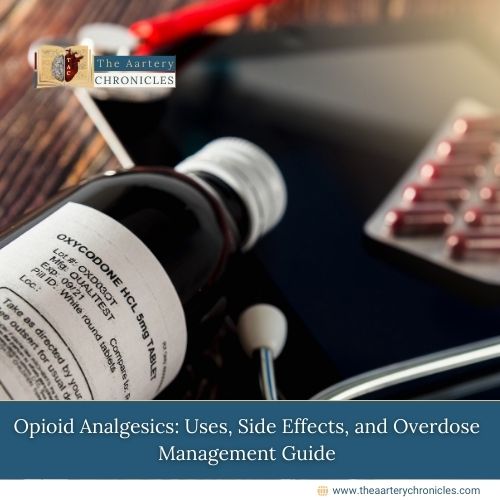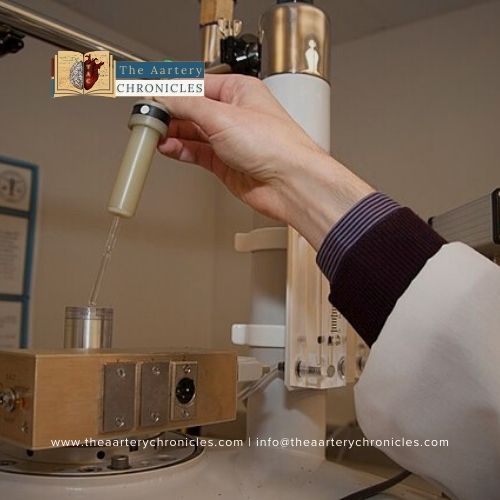
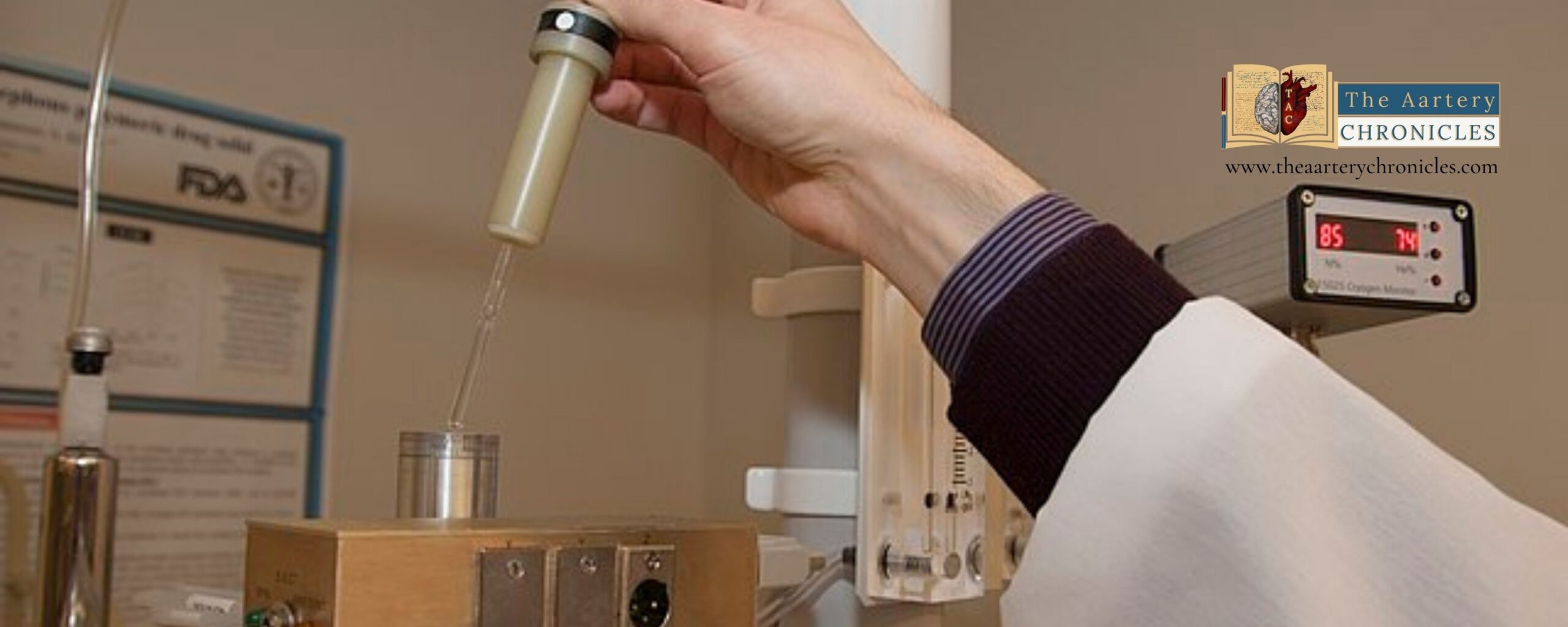
The Evolutionary Journey: History Of Clinical Pharmacology
What is Clinical pharmacology?
Clinical Pharmacology, a branch of medicine, serves as the vital connection between drugs and humans. It encompasses the study of drug absorption, distribution, metabolization, and excretion within the human body.
Clinical Pharmacology is a connecting bridge between drugs and humans, having a rich history of discoveries, daring experiments, and a strong desire to understand how medicines affect the human body.
History of Clinical Pharmacology
Ancient Origins:
Clinical pharmacology has been around since ancient times. The Egyptians used plant-based remedies, and Chinese medicine studied how different plants and minerals affect the body.
16th-18th Centuries:
Modern science and the emergence of chemical drugs laid the foundation for clinical pharmacology. Paracelsus, the Father of Toxicology, emphasized the importance of dosage and how individuals respond differently to medications.
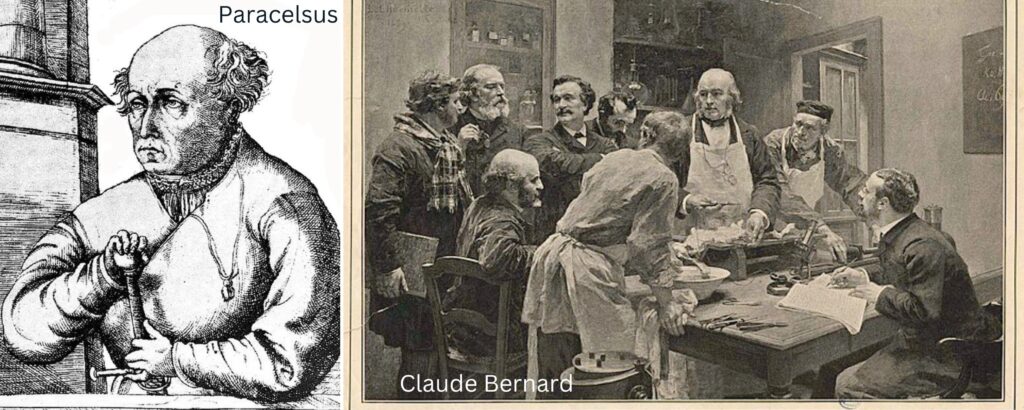
19th Century:
- In the 1900s, significant advancements were made in understanding how drugs work within the body. French scientist Claude Bernard introduced the concept of the internal environment and its impact on drug actions. He discovered that curare (arrow poison) disrupts the signals responsible for normal muscle movement.
- Bigelow, an American doctor, performed early drug tests, systematically comparing the efficacy of various treatments for malaria. His commitment to employing meticulous and scientific methods underscored his approach to assessing the effectiveness of drugs.
Early 20th Century:
- Paul Ehrlich, recognized as the father of chemotherapy, established the groundwork for antibiotics such as penicillin. His pioneering work involved the creation of drugs designed to selectively target and combat microbes.
- A.J. Clark, a British pharmacologist, revolutionized our understanding of drug mechanisms by introducing concepts related to drug receptors and dose-response relationships. This contribution offered a measurable framework, facilitating the systematic study of drug effects
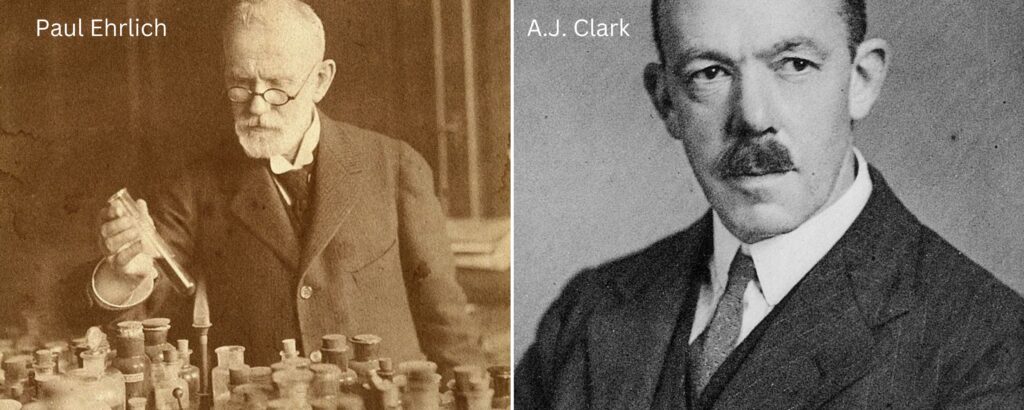
Mid-20th Century:
Clinical Pharmacology Units, led by pioneers like Harry Gold and Louis Lasagna, were set up to study drugs in humans. The Thalidomide Tragedy in 1960, which involved birth defects, emphasized the necessity for stricter drug testing rules. After World War II, there were quick progressions in developing drugs and conducting clinical trials.
Late 20th Century:
There was a rise in personalized medicine and pharmacogenomics. The contemporary focus of the field revolves around comprehending how individual genetic differences influence an individual’s response to drugs.
The 21st Century to present
Clinical pharmacology now integrates genomics and omics technologies, paving the way for personalized medicine and tailored treatments. Artificial intelligence and machine learning play a crucial role in drug discovery and testing.
Artificial Intelligence and Machine Learning:
These technologies are transforming clinical pharmacology, enabling the efficient discovery and testing of new drugs.
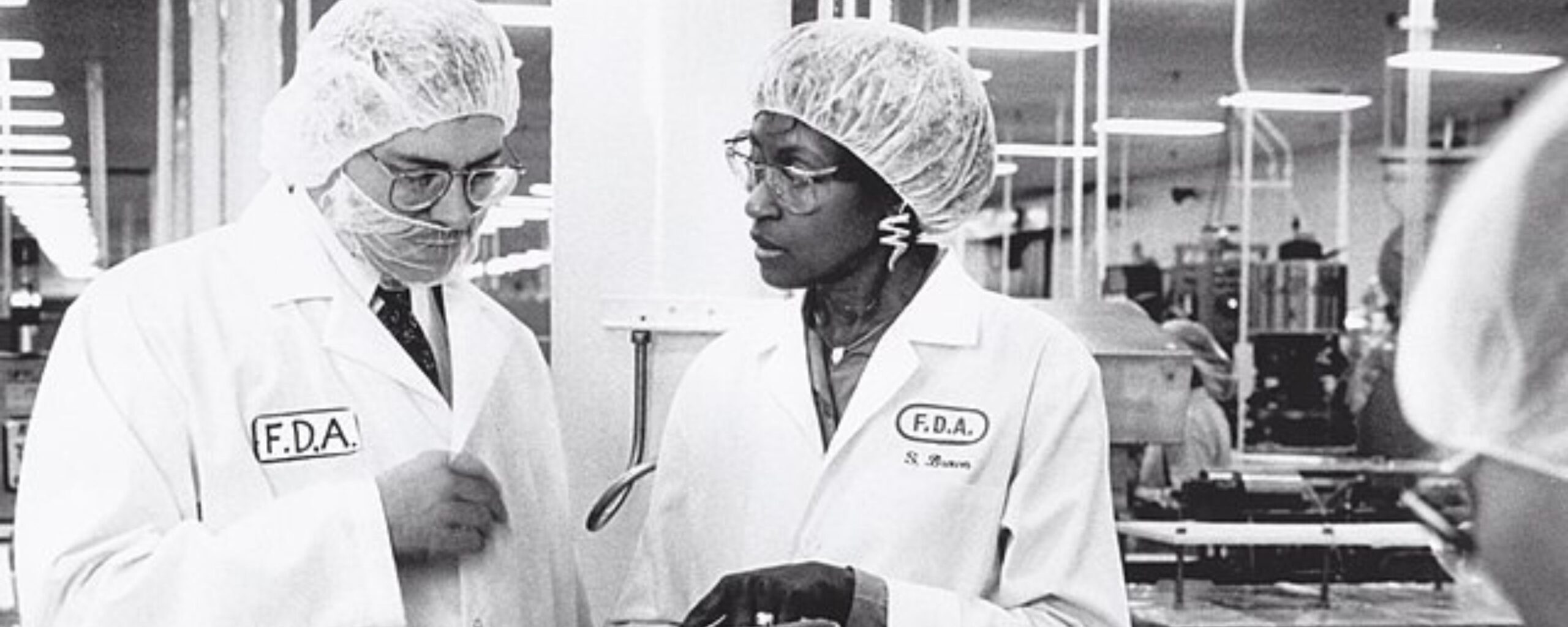
Clinical Pharmacist vs. Clinical Pharmacologist
How does the role of a clinical pharmacist differ from that of a clinical pharmacologist?
While a clinical pharmacist works in clinical settings, directly engaging with patients and healthcare professionals to ensure safe medication use, a clinical pharmacologist contributes to drug development and assesses medication effectiveness and safety.
Clinical pharmacology has evolved from ancient remedies to a sophisticated field that combines genetics, technology, and a rich history of discoveries. As we progress into the 21st century, the role of clinical pharmacology continues to be pivotal in advancing medical treatments and improving patient outcomes.
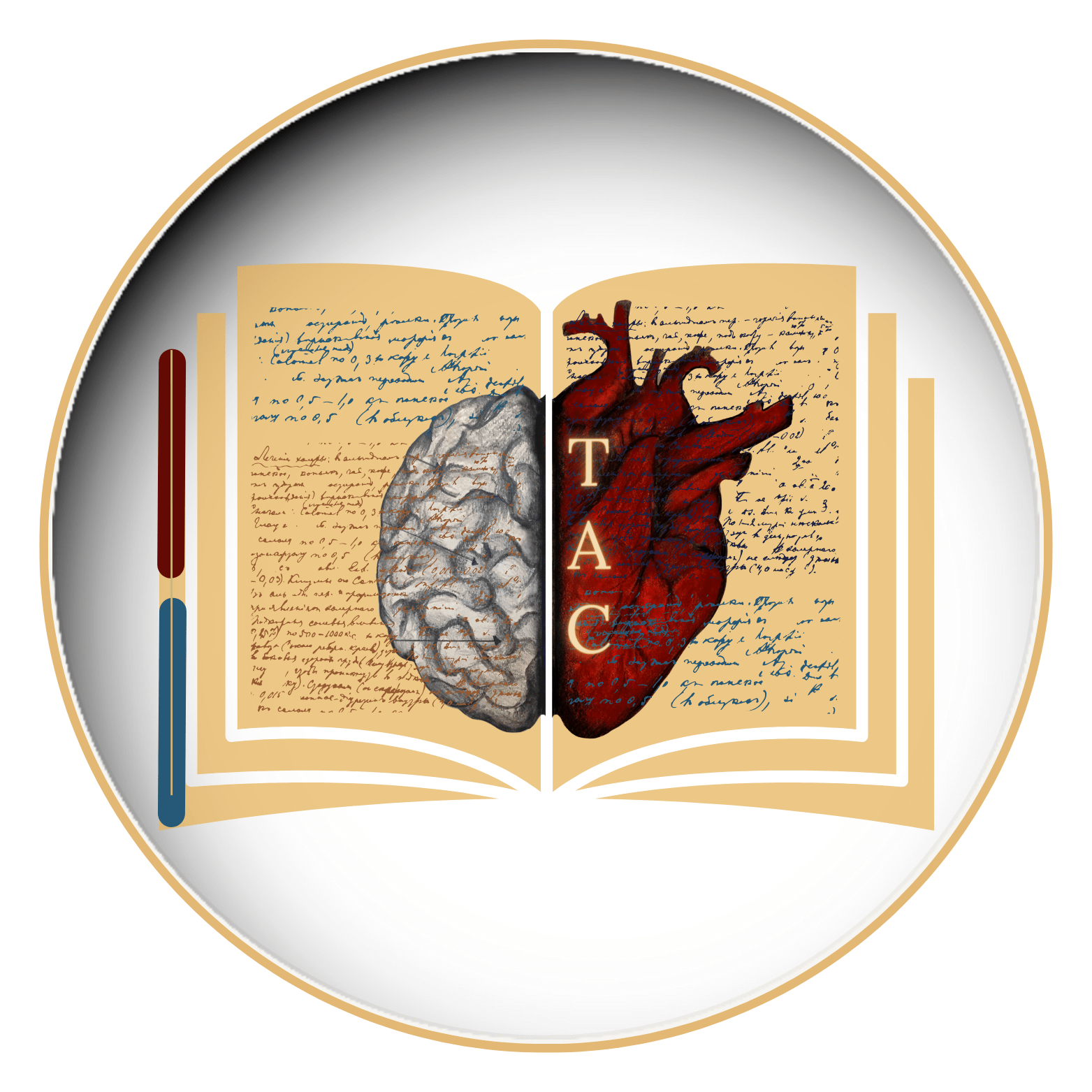
Author: Priya Bairagi
- Medicine and Diseases
- Nutrition and Diet
Lorem ipsum dolor sit amet, consectetur adipiscing elit. Ut elit tellus, luctus nec ullamcorper mattis, pulvinar dapibus leo.










